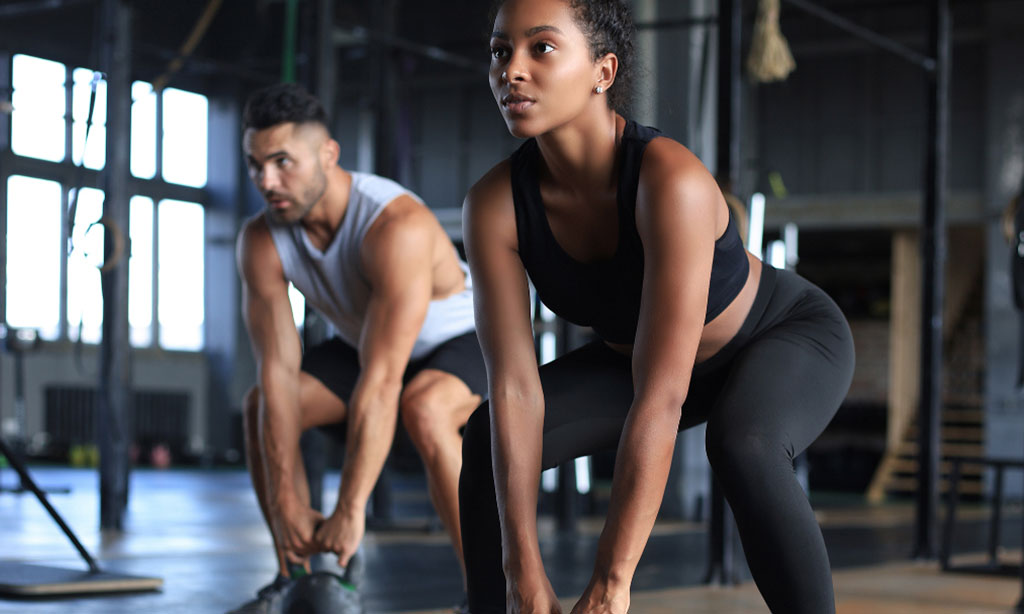A Safe Return to the Gym

For many, the prospect of returning to the gym is accompanied by mixed emotions. Aside from the obvious concerns over invisible viruses anxious to make us their next hosts, we now have to get used to exercising in a public setting all over again. Even people who have applied themselves to a light-to-moderate exercise regimen while waiting for gyms to reopen are finding it challenging to return to their previous routine. Here are my seven tips for a safe and successful re-acclimation.
- Don’t rush.
Give yourself 4-6 workouts to get back into the groove. There’s no hurry. Chances are no one’s watching you anymore. People are distancing, minding their own business, and engaging in much shorter workout sessions. Take your time, but hurry up, as the saying goes. - Expect a lower energy level.
A lack of conditioning and a reduced audience will have an impact. Don’t force your first few workouts. Trust your muscles to recover, just not instantly. Give them a chance to remember. - Safety above all.
After taking germs and their respective countermeasures into consideration, you are your own biggest risk factor. Spend time warming up, don’t go back to huge weights, and avoid explosive exertion, at least for the first little while. Your joints and muscles will thank you. - Muscles don’t forget, just give them time to remember.
In addition to warming up, remember to reintroduce muscles to the equipment you will be using going forward. Strive for high reps as opposed to heavy lifts, at least during the first couple of workouts. Either way, you will see significant improvement from one workout to the next, provided you have not injured your tissues too much. - Focus on a split routine.
Avoid full body workouts and isolation exercises. Your safest options are compound movements that give muscles a chance to collaborate and ‘spot’ each other in ways that isolation exercises do not. Split your weekly exercises into thirds and try to gravitate towards one area, making the most of the equipment you have already disinfected. - Leave some for later.
Work on prioritizing exercises that require gym equipment over those that do not. This offers an opportunity to complete your workout later, perhaps with lighter weights, outside the gym. The combination of equipment vs natural resistance also serves to trigger muscle memory and begin the process of conditioning the tissues. - Keep it simple.
The new routine means that staff, trainers, and clients may be hyper vigilant and distracted for a while after gyms reopen. The dilution of focus on exercise not only reduces workout effectiveness, but increases the risk of injury. Remember to stick to simple exercises, trust that you have done everything to be safe in your immediate space, and focus on the exercise. The usual techniques of breathing, visualization, and proper contraction may initially feel awkward, but that’s only because of our distracted mind being concerned about external factors. Practice them during every set of every workout and your muscle memory will do the rest.
Different individuals are faced with the task of regaining previous levels of conditioning at different rates based on their age, health, and other factors. Proper rest and nutrition play key roles in the recovery process and must be adopted with the same discipline and rigor as the workouts themselves. A great way to do it is to keep a “Post-Pandemic Diary” and log all the important variables that can be easily measured, from daily calories to hours of sleep. It will not only help to maintain consistent effort while juggling many variables, but also serve as a great account of a gradual recovery to enjoy going back to and reviewing in the future – because sometimes even our muscle memory can use a bit of extra help.

